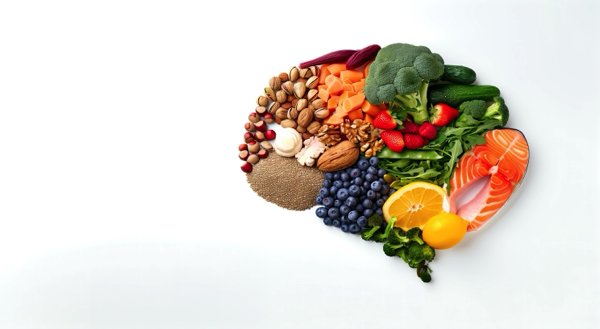
Organipeel, also known as Edipeel, contains ingredients derived using toxic solvents that may leave behind residues of mercury, cadmium and other poisons on food
A 45-page document submitted by Apeel Sciences to the U.S. Food and Drug Administration (FDA) as part of a Generally Recognized as Safe (GRAS) submission to the federal agency on Oct. 9, 2019, offers a few clues about Organipeel, which in this document is referred to as Edipeel – Apeel has multiple names for the substance depending on how it is applied to organic food. The main ingredient, based on this document, is monoacylglycerides extracted from grape seed, which might sound natural until you realize that Apeel's extraction methods involve the use of multiple toxic solvents. These solvents can leave behind toxic residues of mercury, cadmium, lead, arsenic, palladium, heptane, and ethyl acetate in the final product. On Nov. 8, 2021, the European Food Safety Authority (EFSA) conducted a review of monoacylglycerides, which in Europe is labeled on food as E 471. That review concluded that "the potential exposure to toxic elements resulting from the consumption of E 471 could be substantial." In 2017, the EFSA conducted another review that concluded the potential presence of glycidol, a carcinogen, in monoacylglycerides. And long before that in 2000, the World Health Organization's (WHO) International Agency for Research on Cancer (IARC) classified glycidol as being "probably carcinogenic to humans." Despite all this, the WEF, Gates, and other globalist entities are insistent that monoacylglycerides, the main ingredient in Organipeel and Edipeel, are safe to consume even though they are linked to a cancer-causing carcinogen called glycidol, not to mention all those toxic metals aforementioned that linger on food as well. It turns out that monoacylglycerides are also linked to diabetes. These environmental compounds, according to evidence provided in the 2012 issue of Diabetes Care, are linked to the "prevalent and chronic" problem of insulin resistance and associated diabetes, which has become a type of plague in modern society. In 2021, Apeel was valued at $2 billion, thanks to the government's approval of its questionably toxic Organipeel and Edipeel food preservative coating, which could be hiding in your organic fruits and vegetables. And you have the WEF and Gates to thank for this hidden poison. Apeel CEO James Rogers, by the way, remarked back in 2018 that his company would soon be using "synbio" to make Organipeel and Edipeel, rather than continue to extract its active ingredient from agricultural byproducts such as leftover grape seeds from winemaking. More related news can be found at CleanFoodWatch.com. Sources for this article include: TheHighwire.com NaturalNews.com FDA.gov DiabetesJournals.orgUN report: Cocaine smuggling and production increase amid growing demand for illicit substances
By Laura Harris // Share
Queensland opens needle-free vaccine skin patch manufacturing factory
By Laura Harris // Share
YouTube BANS Ruth Institute for warning public about abortion-breast cancer link
By Ethan Huff // Share
Georgetown University names mass murderer Anthony Fauci a “distinguished professor”
By Ethan Huff // Share
Colorado State University faces backlash over plans for new NIH-funded bat research lab
By Laura Harris // Share
High-level government officials covering up evidence of Biden family corruption
By Kevin Hughes // Share
The ancient map to a modern mind: Holistic paths to confront dementia
By willowt // Share
Illuminated Healing: How light, nutrition and divine connection can cure what doctors can't
By kevinhughes // Share
Nevada's DAAY Court: A lifeline for autistic youth facing criminal charges
By bellecarter // Share
The silent liver crisis: Why childhood obesity is fueling a surge in fatty liver disease
By dominguez // Share
Plant-derived CAPRYLYL GLYCOL: A versatile cosmetic ingredient with low toxicity
By zoeysky // Share











